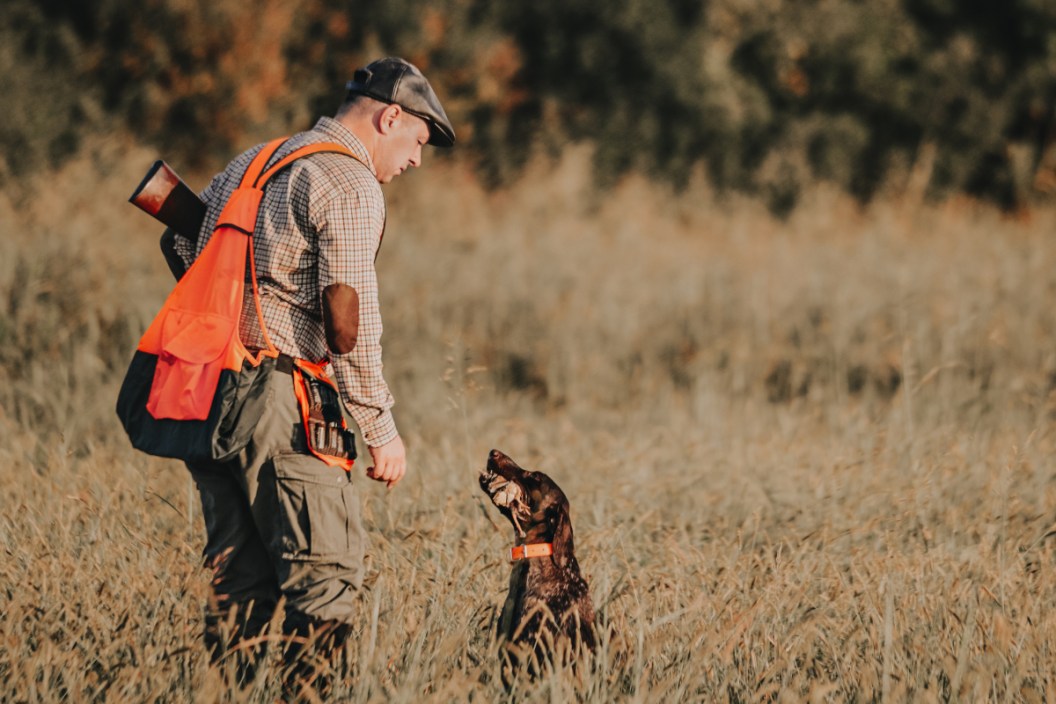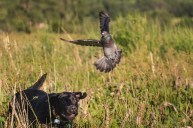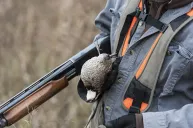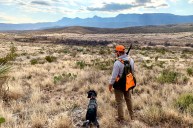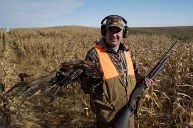The first time any prospective upland bird hunter has the privilege to watch a covey rise and flush, they typically find themselves at somewhat of a loss. Countless birds are flying every which way, and the window to decide which one to shoot is as narrow as the odds of actually hitting one. However, after only that one flush, they'll be salivating at even the possibly of a second flush.
Quail hunting has taken somewhat of a back seat in recent years, however, due largely to the rapid decline in quail numbers across the country. It's not to say you can't find them, but the days of taking a limit of quail from an Illinois farm in a morning are ancient history. However, quail hunting practices have improved, even if they haven't fully restored one of America's deepest shooting legacies. We've figured out choke tubes, the differences in weight and handling between over/under and side-by-side shotguns, and our ability to properly train a gun dog is miles from where it started.
If you're lucky enough to get into some birds in a hot spot, it's certainly as fun as it looks, but it takes a whole lot of patience and practice.
Quail Hunting Locations
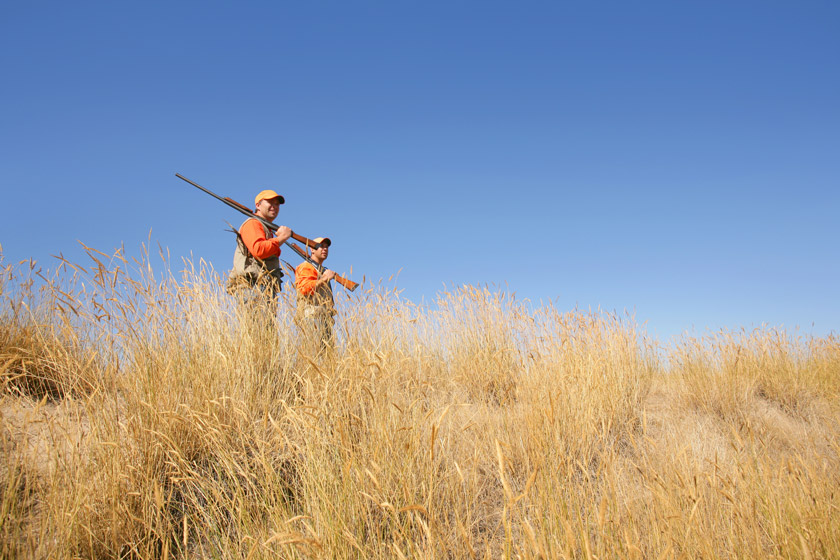
Getty: KKIDD
To keep this simple and concise, we'll only focus on bobwhite quail, the most popular and widespread subspecies in the United States. Back in the prime years of quail hunting, there were more states where you could push a covey of quail than there were states where you couldn't. While technically quail still exist in many of those states, the real hunting opportunities lie on a much shorter list of states these days.
The likelihood of moving multiple coveys in the Northeast is almost nonexistent in most states, and much of the Midwest, which used to be a gold mine, is now essentially dormant. If you're planning a trip with hopes of actually getting into decent numbers of birds, you want to look south or west. Georgia, Florida, Alabama, and Texas have all maintained strong reputations for being prime quail hunting states, as have most of the Great Plains states, especially Oklahoma and Kansas.
However, even if you're in the right general area with weather on your side, you aren't going to have any luck bagging a single quail if you don't know what to look for. The ability to identify cover is typically what determines all upland success, as these game birds are fairly consistent behaviorally. If they don't have anywhere to hide, they're probably not around. Bobwhites can be tricky, though, as many of these states feature very different ecosystems with a wide variety of foliage. It's usually best to get a feel for an area first and learn what the birds like through trial and error, but when in doubt, you want taller grass with some shrubs or other medium growth sprinkled in. They could be near taller trees, but it's rare that you'll see a covey flush in the middle of tall timber. As it goes with any genre of hunting, water and food sources are key to finding life.
Gun Dogs
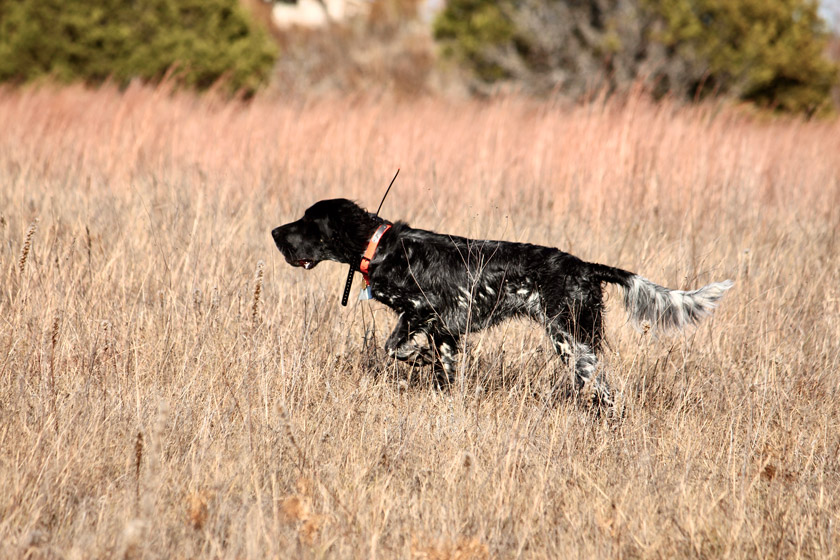
So you've gotten yourself to an area that holds quail, but you still have to find them. There's no tool more effective than a finished gun dog. It's not a requirement, as you can still bump a covey if you're lucky, but a dog offers you the ability to expand your search by a huge margin, as it's said a gun dog runs 5 miles for every hunters mile walked. Once a trained dog locks up on point, the covey will stay put, giving you a chance to move up into position for a shot. It's a whole lot easier to pick a quail and take a decent shot when you're anticipating a flush.
However, training is everything, as a dog lacking discipline could blow your cover by getting too close to the birds and spooking them before you ever have a chance to take a shot. This does happen by mistake with even finished dogs every now and again, but it's usually pretty rare.
A dog also saves you the trouble of retrieving. There's nothing worse than working all day to get a shot and then not being able to find it in a patch of tall grass. But most pointers will retrieve as well, ensuring you don't leave any fallen birds behind.
After you've become experienced with one dog, you can explore the option of adding a second, too. A two-dog approach can take on many different looks, though. Some prefer two pointers, where they can quarter on each side of you, doubling your efficiency. When one locks on, the other will then "honor" the point, simply falling behind the first dog to go on point. Others prefer one pointer and one flusher, where the second dog goes and flushes the birds for you instead of you having to kick around in the grass until something jumps. And, of course, there's always the option of one pointer and one retriever, which can come in handy when you have a pointer that's inconsistent with its retrieves.
Guided Quail Hunt
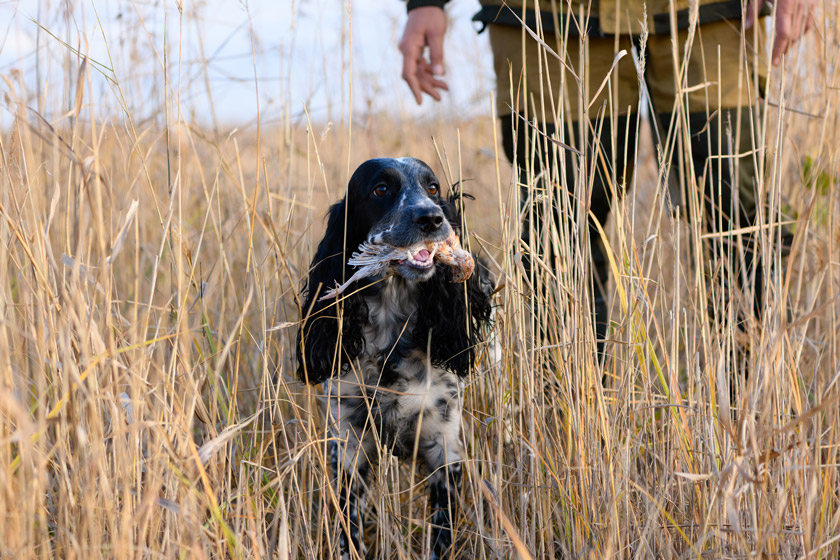
Getty: Irina Orlova
While quail hunting has fallen off across so much of the country, there are always game preserves for the novice hunter who just wants to try it out. These are available in most states, too, even if there aren't wild quail around. At a preserve, instead of going out and finding wild quail, you pay to have farm raised birds stocked in a designated area, which you can then hunt with a guide who will most likely have a dog of their own. Most of these outfitters offer food and lodging to go along with the guide and the hunt itself, which offers a great opportunity for anyone hoping to hunt out of state.
Some ranches also offer self-guided hunts, which is ideal for training purposes. Many seasoned upland hunters will tell you "there's no substitute for live birds," meaning if you want to train a dog properly, you have to expose it to the real thing. Dummies and other training props certainly help, but only live action will get the most out of your puppy's potential. If you can work out the finances, it's ideal to spend that first season with your puppy doing as many preserve hunts as you can. Then come next season when it's time to chase after the wild ones, the two of you will already be in sync.
Proper Gear
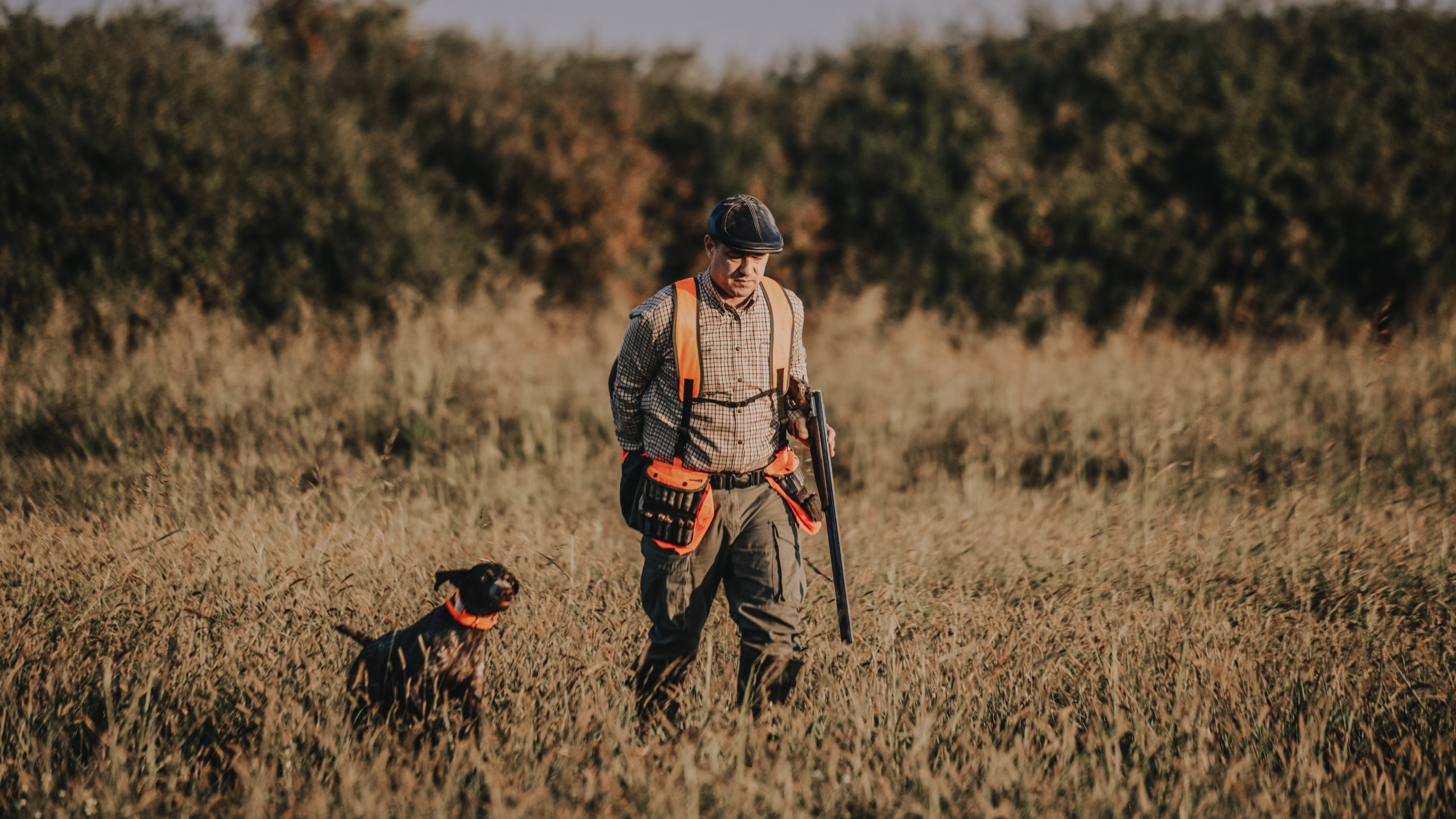
Getty Images: Obradovic
Depending on where you will be hunting and taking into consideration the weather conditions, you will generally need a good pair of briar pants that can handle getting wet. You can hit those covers with a pair of jeans, but prepare to get snagged relentlessly if you haven't already succumbed to the heat. It's also good to have long sleeves if it isn't too hot, as they'll help prevent scratches and bug bites throughout the day. And, if you're comfortable in long sleeves, you can be sure your dog isn't overheating, a common fear among bird hunters in the South.
The next piece is arguably the most important. A shooting vest with plenty of storage pockets and fluorescent orange to keep you visible to your hunting party is a must. Not only is it the centerpiece that hold all of your other gear, but it's also your game bag should you drop a couple of birds. In regards to clothing, you'll also want an orange hat (many states require one), gloves, and a pair of lightweight, waterproof boots.
Outside of your firearm, everything else you'll have with you is for the dog. You're going to need a whistle, a GPS collar for the dog, a paired GPS training device to carry with you, a bell for the dog's collar, and plenty of water for both of you.
Firearms

Getty: Matthew McBrayer
If you've ever wondered who's hunting with those double-barreled shotguns you see behind the counter, it's the upland guys. Sure, there's a handful of dove hunters who like to shoot with style, but few upland hunters ever bring anything with one barrel afield. Many go with a 12-gauge for a slight edge, but when it comes to quail, you're talking about a really small bird. A 20-gauge is arguably the best all-around option, as it doesn't pulverize your dinner. Most 20-gauge shotguns are also considerably lighter, which makes a world of difference when you're putting on 5-10 miles a day in search of birds.
In terms of choke tubes, it really all comes down to preference. However, the most popular combo is an improved cylinder for the first barrel you plan to shoot, and a modified choke for the second—the idea being to get a bigger spread for the closer shot, and a tighter spread with more distance for the farther shot.
Looking for a new way to display those antler sheds? Go to Rack Hub and use the coupon code Craiger. Be sure to follow my webpage, or on Facebook and YouTube.
READ MORE: 5 STATES WITH THE BEST QUAIL HUNTING
